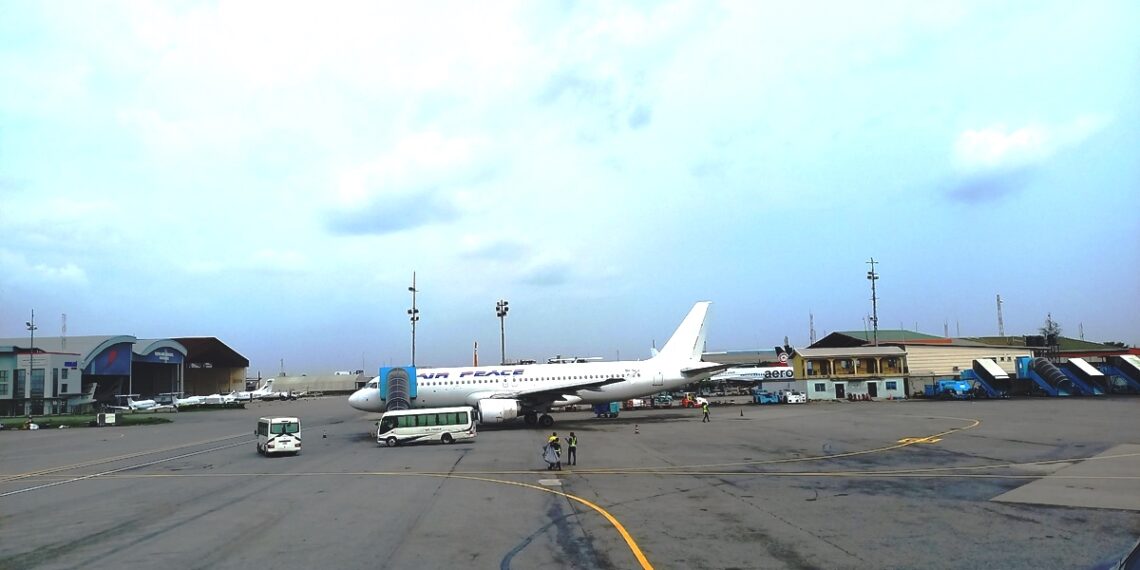The International Air Transport Association (IATA) said there were 37 million aircraft movements in 2023 including jet and turboprop which is an increase of 17% from the previous year.
IATA made this known through its 2023 Annual Safety Report for global aviation. It said Aviation continues to make progress on safety with several 2023 parameters showing “best-ever” results.
It however noted that there were no hull losses or fatal accidents involving passenger jet aircraft in 2023, although there was a single fatal accident involving a turboprop aircraft resulting in 72 fatalities.
According to Willie Walsh, IATA’s director general, “2023 safety performance continues to demonstrate that flying is the safest mode of transport. Aviation places its highest priority on safety and that shows in the 2023 performance. Jet operations saw no hull losses or fatalities.
2023 also saw the lowest fatality risk and ‘all accident’ rate on record. A single fatal turboprop accident with 72 fatalities, however, reminds us that we can never take safety for granted.
He noted that two high-profile accidents in the first month of 2024 show that, even if flying is among the safest activities a person can do, there is always room to improve. This is what we have done throughout our history. And we will continue to make flying ever safer,”
The report also noted that the accident rate in Africa improved from 10.88 per million sectors in 2022 to 6.38 in 2023, better than the 5-year average of 7.11.
In 2023, whilst there were no, no fatalities. This region has had no jet hull losses or fatal accidents since 2020.
Additionally, 2023 marked the fifth occurrence of Africa reporting zero fatal turboprop accidents, with the first instance recorded in 2015.
Under the focus Africa initiative, IATA introduced CASIP to enhance aviation safety in Africa. CASIP efforts are continuing to partner with states to increase the implementation of ICAO Standards and Recommended Practices (SARPs).
The Global Aviation Safety Plan (GASP) as well as the AFI Regional Aviation Safety Plan for Effective Implementation (EI) of ICAO ISARPs have increased the minimum SARP implementation threshold to 75% or greater (from 60%). Only 12 of Africa’s 54 states meet this new threshold indicating the need for significant improvements.
The report also further revealed that 19 accidents involving IOSA members led to no hull losses or fatalities, “IOSA registered carriers recorded no hull losses or fatal accidents in 2023. Since 2005, the all-accident rate for airlines on the IOSA registry is almost three times better than for non-IOSA airlines.
This sustained performance demonstrates that the implementation of global standards improves safety.
With IOSA’s recent transition to a risk-based model focusing on pertinent safety risks while maintaining a baseline of safety, IOSA will become an even more powerful tool to help airlines and regulators maintain and improve very high levels of safety performance.
Accordingly, the accident rate in North America rose from 0.53 per million sectors in 2022 to 1.14 in 2023 but remained better than its 5-year average for the region of 1.21. The largest proportions of accidents in 2023 were related to landing gear collapses.
The accident rate in Asia-Pacific: increased from 0.56 per million sectors in 2022 to 0.78 in 2023, but was better than the 5-year average for the region of 1.06.
The fatality risk rate per million sectors rose for Asia-Pacific operators from 0.00 in 2022 to 0.16, owing to the fatal accident in Nepal in January 2023, which was due to loss of control in flight.
The accident rate improved from 1.30 accidents per million sectors in 2022 to 1.16 in 2023 and was also better than its 5-year average of 0.96.
While no accidents were related to Global Navigation Satellite System (GNSS) interference, it has emerged as a critical area of concern in the region.
The body however recommended a strong safety culture within the aviation industry is essential for continuous improvement in all aspects of operations.
Creating an environment that encourages the transparent and timely reporting of incidents and accidents is essential to be able to identify systemic issues and prevent future occurrences.







